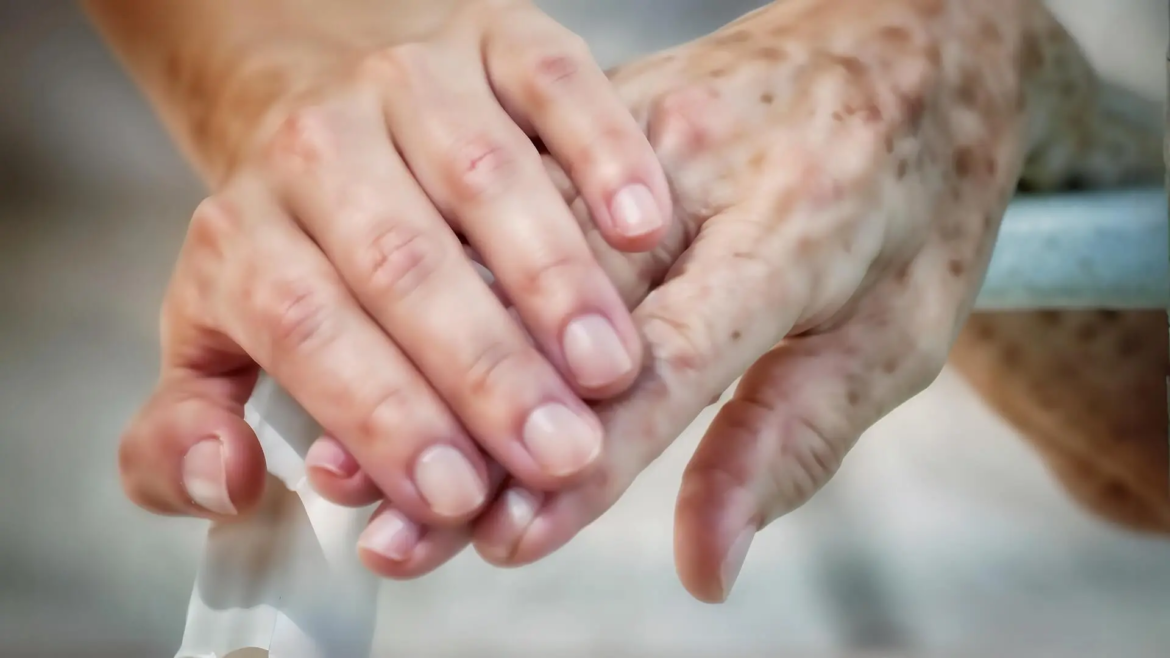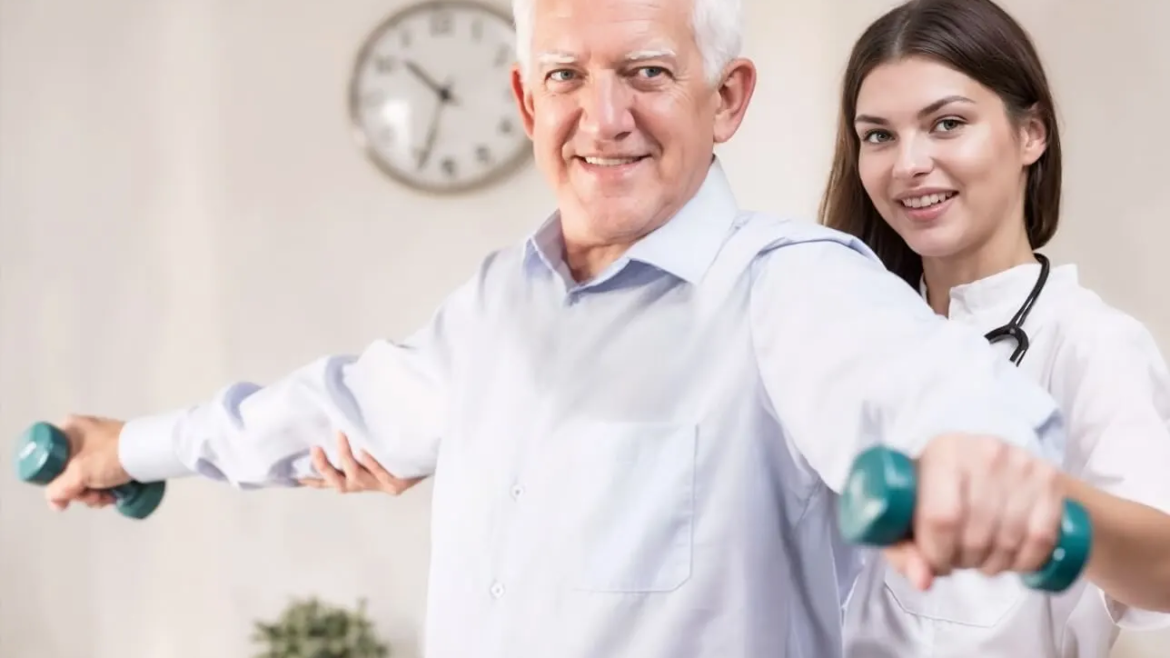Does Medicare provide coverage for 24-hour in-home hospice care? Let’s examine the essential aspects that are frequently overlooked when evaluating healthcare coverage.


Does Medicare provide coverage for 24-hour in-home hospice care? Let’s examine the essential aspects that are frequently overlooked when evaluating healthcare coverage.

Uncover the aspects of end-of-life aid that caregivers often withhold, including lesser-known details regarding patient comfort and the support available for families.

Discover the top 6 free activity ideas for seniors to stay active. Explore easy and budget-friendly ways to boost wellness and interaction.

Keeping the seniors in your life active is one of the best ways to show them your love and care. Whether it is your parent, grandparent, spouse, friend, or neighbor, the senior in your life can benefit from being active in many ways.

Technology is for more than just the young and the savvy. It can also benefit seniors, especially those in hospice and palliative care. Hospice and palliative care are specialized medical care that provides comfort and support to patients with life-limiting illnesses and their families. Technology can help seniors in hospice and palliative care improve their quality of life and well-being by enhancing their physical, mental, social, and emotional health.

Protecting seniors from financial abuse is crucial to ensuring their well-being and peace of mind during their golden years. As people age, they often become more vulnerable to various forms of abuse, including financial exploitation. The Valley View Hospice Los Angeles aims to provide a comprehensive understanding of financial exploitation, offer strategies to prevent it, and highlight resources available for protection…

Family photo albums are more than just collections of photos. They are also valuable sources of memories and stories that reflect the lives and experiences of seniors and their loved ones. Family photo albums can connect seniors and caregivers in meaningful ways, as they can help them learn more about each other, communicate better, and enjoy their time together.

Discover the crucial early signs of dementia to watch for in yourself or your loved ones. Learn how to identify symptoms and seek timely intervention.

Emergency lifeline support is a service that provides immediate help and guidance to people who are facing a crisis, such as suicidal thoughts, emotional distress, substance abuse, domestic violence, or other mental health issues. Emergency lifeline support aims to prevent harm, reduce suffering, and promote coping and recovery.
Lorem ipsum dolor sit amet, consectetur adipiscing elit. Vestibulum elementum tellus nec imperdiet egestas. Phasellus semper dolor vel nibh cursus hendrerit. Proin elit metus, tempor quis tincidunt quis, luctus et lacus. Aliquam malesuada ante eu orci dictum porttitor. Fusce at libero ipsum. Sed quis ornare ante. Pellentesque tortor tortor, porttitor quis dolor ut, aliquam facilisis ligula. Nam ultricies feugiat luctus.…